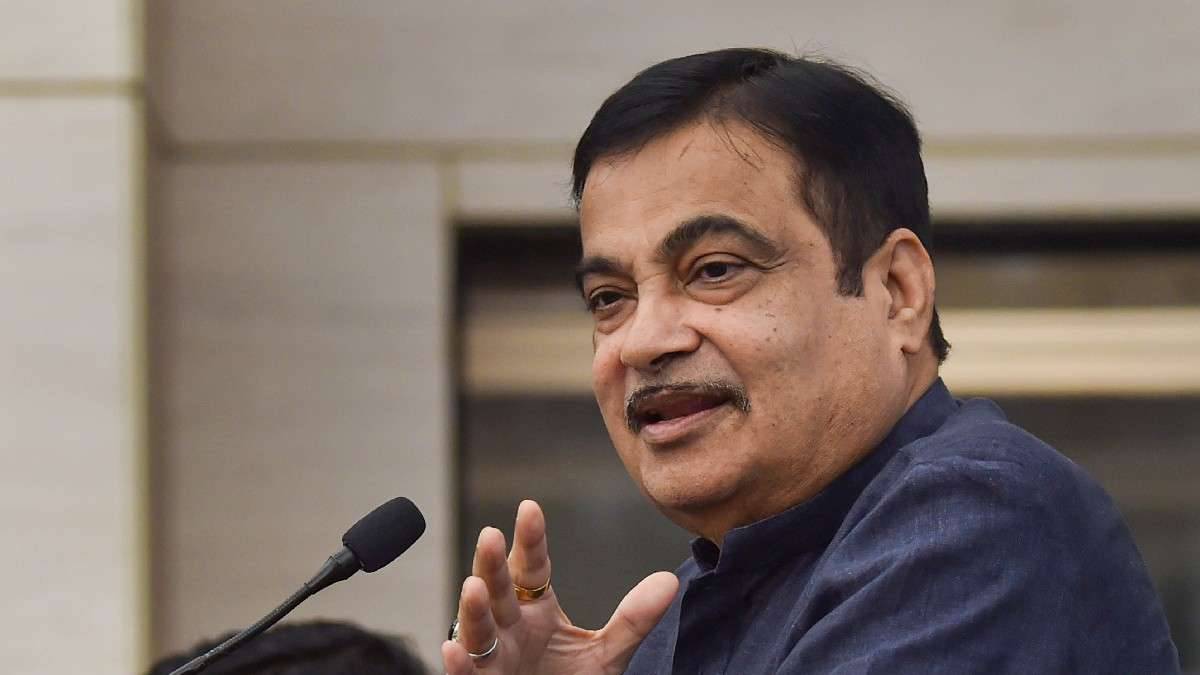 |
|
The Indian government, under the leadership of Minister of Road Transport and Highways Nitin Gadkari, is taking significant strides to enhance road safety. A key initiative involves the mandatory implementation of Advanced Driver-Assistance Systems (ADAS) in all newly manufactured heavy commercial vehicles, including trucks and buses. This decision reflects a growing global trend towards incorporating technological solutions to mitigate the high number of accidents involving these large vehicles. The ADAS suite will incorporate crucial safety features like Electronic Stability Control (ESC), Automated Emergency Braking (AEB), and Driver Drowsiness Detection (DDD). ESC, by monitoring wheel traction and correcting skids, significantly reduces the likelihood of rollovers and collisions. AEB acts as a crucial safety net by automatically engaging the brakes if the driver fails to react to an impending collision, primarily targeting rear-end accidents. DDD addresses the pervasive issue of driver fatigue, a major contributor to road accidents, by monitoring driver behavior for signs of drowsiness and issuing audible warnings.
The inclusion of DDD is particularly noteworthy, given the long hours often driven by commercial vehicle operators. The system monitors various biometrics like eye movement and steering patterns to identify signs of fatigue, helping prevent accidents caused by driver inattention or sleepiness. While the specific timeline for the mandatory implementation of ADAS in new heavy commercial vehicles remains undetermined, the government's commitment to enhancing safety is clear. Minister Gadkari's statement emphasizes the transformative potential of ADAS in preventing major accidents, highlighting the government's dedication to prioritizing road safety over potential cost concerns. This proactive approach contrasts with the initial lack of strict safety standards for e-rickshaws when they were first introduced, a decision attributed to cost considerations.
The government’s approach to addressing the safety concerns surrounding e-rickshaws, however, demonstrates a shift towards a more comprehensive safety-first approach. Recognizing the need for improved safety standards, the government plans to introduce a star rating system for e-rickshaws, similar to the system currently in place for four-wheelers. This initiative aims to improve the quality and safety of e-rickshaws through a standardized rating system, which will be developed by a dedicated technical committee. The star rating system will provide consumers with transparent information about the safety features and build quality of different e-rickshaw models, allowing them to make informed purchasing decisions. This approach not only promotes safer vehicles but also encourages manufacturers to improve the safety features of their products to achieve higher star ratings, ultimately creating a safer environment for both e-rickshaw drivers and passengers.
The combined initiatives of mandating ADAS in heavy commercial vehicles and introducing a star rating system for e-rickshaws represent a comprehensive strategy to address road safety concerns in India. The government’s commitment to prioritizing safety over cost is a significant step forward. The long-term impact of these measures will be substantial, potentially leading to a dramatic reduction in the number of road accidents and fatalities. However, successful implementation relies on effective enforcement of the mandates and the widespread adoption of the star rating system. Public awareness campaigns will also play a crucial role in ensuring that drivers and passengers are educated about the importance of these new safety features and how to utilize them effectively. The long-term success of these initiatives will depend on the collaboration between the government, manufacturers, and the public to cultivate a culture of road safety.
Furthermore, the government will need to address potential challenges in implementing these changes. The cost of equipping new vehicles with ADAS technology might pose a challenge for manufacturers, particularly smaller companies. The government could explore options like subsidies or tax incentives to encourage manufacturers to adopt these technologies. Similarly, the effective enforcement of the regulations will be crucial to ensure widespread compliance. This might require robust inspection systems and potentially penalties for non-compliance. The success of the e-rickshaw star rating system will also depend on the clarity and objectivity of the rating criteria. The technical committee developing the guidelines needs to ensure that the system is transparent and easily understood by consumers. Finally, continuous monitoring and evaluation of the effectiveness of both initiatives are essential to make necessary adjustments and ensure optimal results. The overall goal is not just to implement regulations but to foster a comprehensive shift towards a safer road transportation ecosystem in India.
Source: Government to mandate ADAS in trucks, buses; plans star rating system for E-rickshaws
